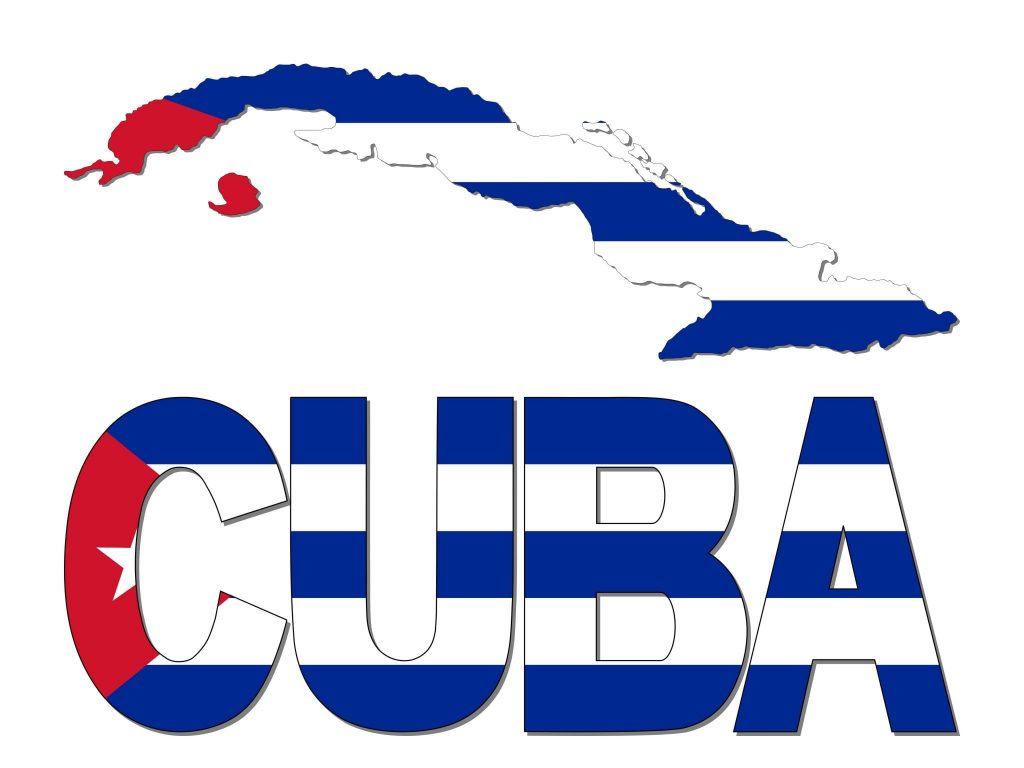
The walls of the classroom may need of a paint job, the black boards have been well used and the desks are worn and old. Education today and the education system in Cuba may be burdened with various problems. However, every single child in Cuba without any exceptions is guaranteed schooling.
Below are 25 top reasons as to why education today is so successful in Cuba.
1. Children in Cuba are happy and seldom miss a class as well as getting on well with their fellow classmates.
2. In Cuba education today is mandatory and free until the 9th grade in secondary school.
3. Under 1.0% of the students have dropped out from the primary education level, and around 98.2% continue with their studies after 6th grade.
4. 98% of the Cuban children in the age group of preschool attend preschool and the enrollment for primary school is very close to 100%.
5. There are no more than 25 children in a pre-primary school classroom, most of which average around 20 children. If these numbers exceed 25, another teacher will join the class.
6. The secondary schools strive to have no more than 15 pupils in each class. This number allows the students to learn and still leaves ample time to seek any additional support or help from the teachers.
7. The majority of the schools regarding education today opens in the morning at 6.30 am and only closes around 12 hours later.
8. These hours provides free mornings as well as after care for the working parents that do not have an extended family to help out with the children.
9. The average school day consists of 90 minutes devoted to free play and breakfast, then the core academics commence between 8.40 am and 12.30, which is followed by another 90 minutes of recess, games and lunch. Between the time of 2 and 4pm, the children participate in various activities known as enriched learning such as sports, music, art and health. From 4pm onward children participate in supervised play and games until they go home.
10.There are on average about 13,600 teachers that work in the 425 special schools across the country.
11.For the children that live in the outlying areas and are unable to commute for daily classes, the educational system in Cuba provides scholarship plans that offer food and accommodation through the year.
12. Cuba has on average 2,000 schools with under 10 students that are typically located in the remote areas.
13. The country of Cuba has been rated as one of the few highest ratios of teacher-students worldwide, with a teacher for around 42 inhabitants. This means that children enjoy education with the ideal teacher-per-student rate.
14. Cuba has over 400,000 individuals who are currently employed in the field of education.
15. The curriculum for primary school education includes revolutionary history, hygiene and health and dance. Classroom learning will typically be combined with other basic skills such as handicrafts, metal and wood crafts and gardening.
16. From grade one to four the classes are 30 minutes long and the curriculum is aimed at Spanish oral expression, writing and reading and mathematics.
17. Mathematics and Spanish are the subjects that account for around 57% of the classroom time.
18. The evaluation process on students is continuous and tests are given at the end part of the 2nd grade and the 4th grade. They use results that include poor, regular, good, very well and excellent opposed to the traditional numerical grades.
19. Testing just like instruction incorporates practical application and learning and the students are only allowed to advance to the next level once they have obtained a satisfactory grade.
20. Children are encouraged to assist one another to ensure no child falls behind. This contributes to a positive and happy environment for all the students.
21. Truancy and indiscipline are extremely rare in the schools in Cuba.
22. There no undernourished looking or overweight children in Cuba.
23. Cuba offers all their students with free lunches that feature vegetables, beans and rice and a protein such as boiled eggs.
24. Most of the parents send their children to school with a piece of chicken or fish and vegetables to add to the free lunch.
25. Cuba spends around 7% on gross domestic-products and aims to ensure that education today involves meeting the social needs and morals of their citizens. Through justness and equality that corresponds to the social model, this country thrives on a happy and free education system for every single child.
Over the last few years, video and TV programs were established that greatly influences the secondary and elementary education. The 2 educational channels include “canal Educativo 1 y 2” that broadcasts over 12 hours daily. The programs mainly include didactical and education character. The education today in Cuba has resulted in that 1 out of 10 citizens in Cuba have university degrees. This is an extremely high number when compared to other countries around the world.